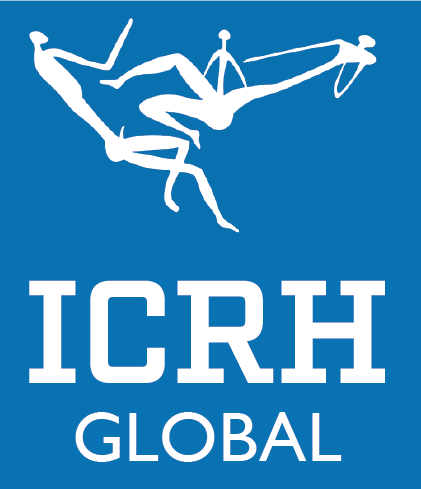The History of ICRH Global
In 1994, at the International Conference on Population and Development (ICPD), views on human rights, population, sexual and reproductive health, gender equality and sustainable development merged into a global consensus that placed individual dignity and human rights, including the right to plan one’s family, at the very heart of development.
In 2014, the comprehensive ICPD Beyond 2014 Review supported the consensus that investing in individual human rights, capabilities and dignity ‒ across multiple sectors and through the life course ‒ is the foundation of sustainable development.
In 2015, 193 UN member states unanimously adopted the Sustainable Development Goals (SDGs), a set of 17 goals aiming to transform the world over the next 15 years. These goals are designed to eliminate poverty, discrimination, abuse and preventable deaths, address environmental threats, and aim for development for all people, everywhere. The SDGs are ambitious, and require enormous efforts across countries, continents, industries and disciplines – but they are achievable. Universal access to sexual and reproductive health and reproductive rights are core to the SDGs.
